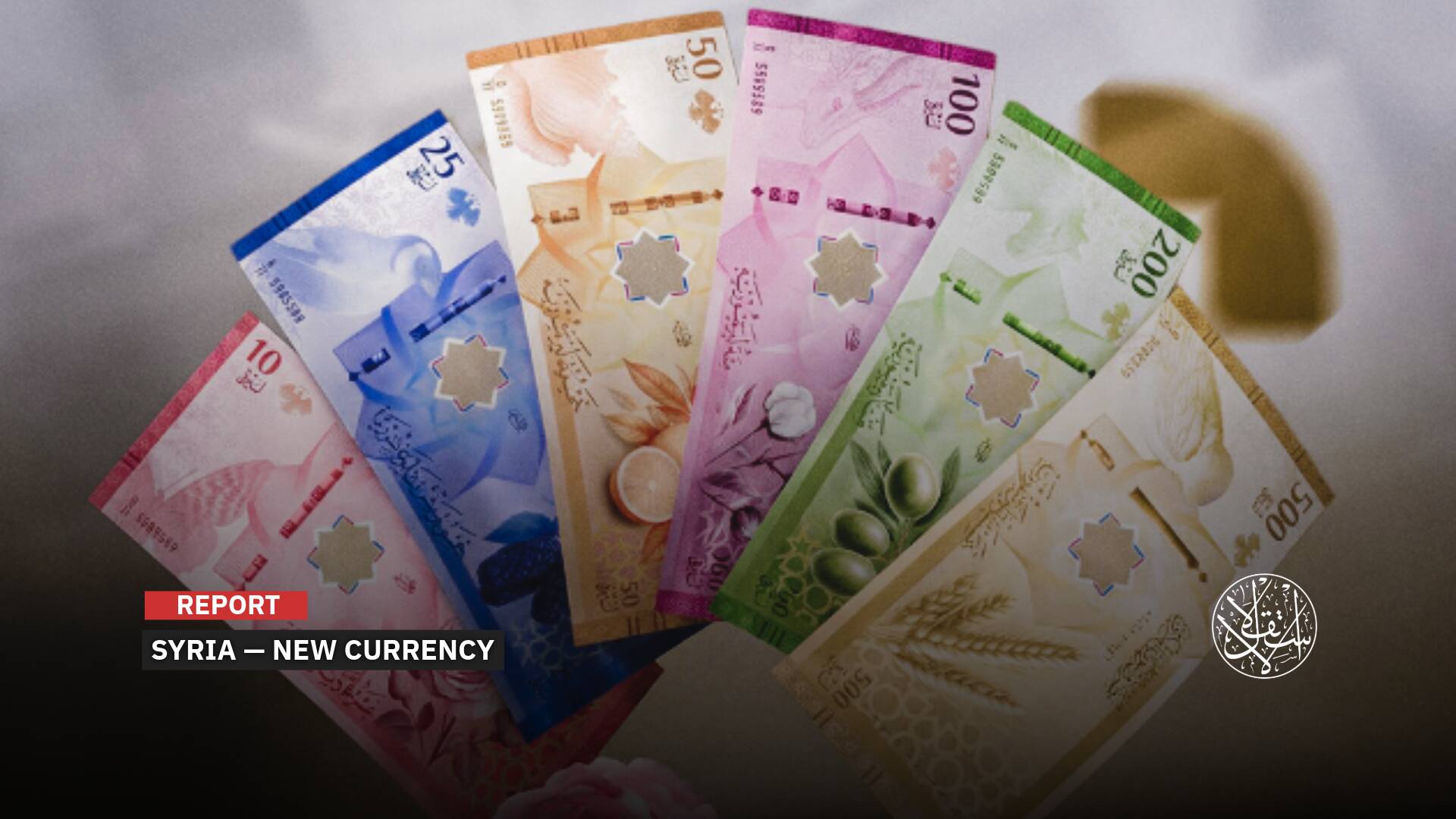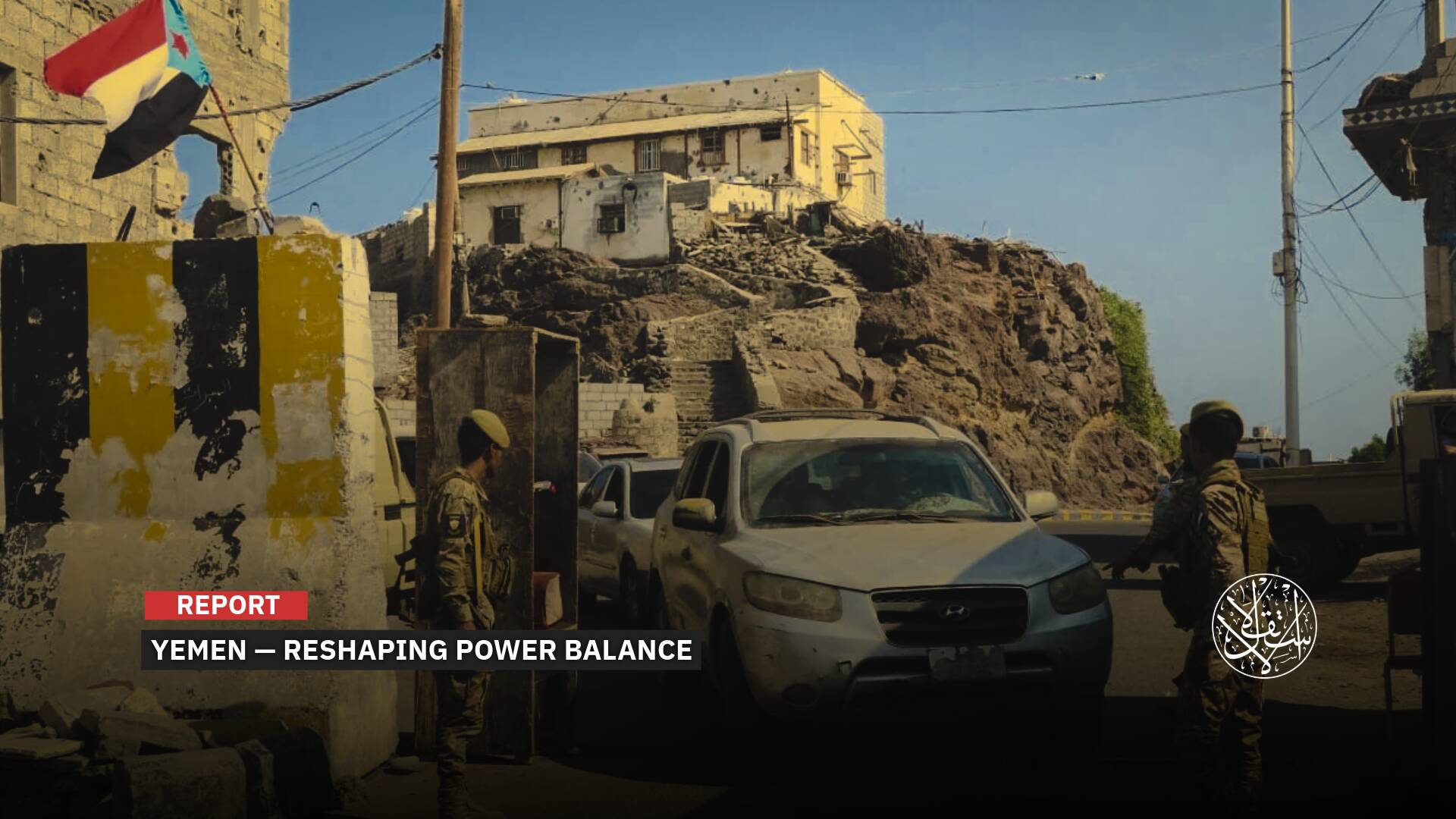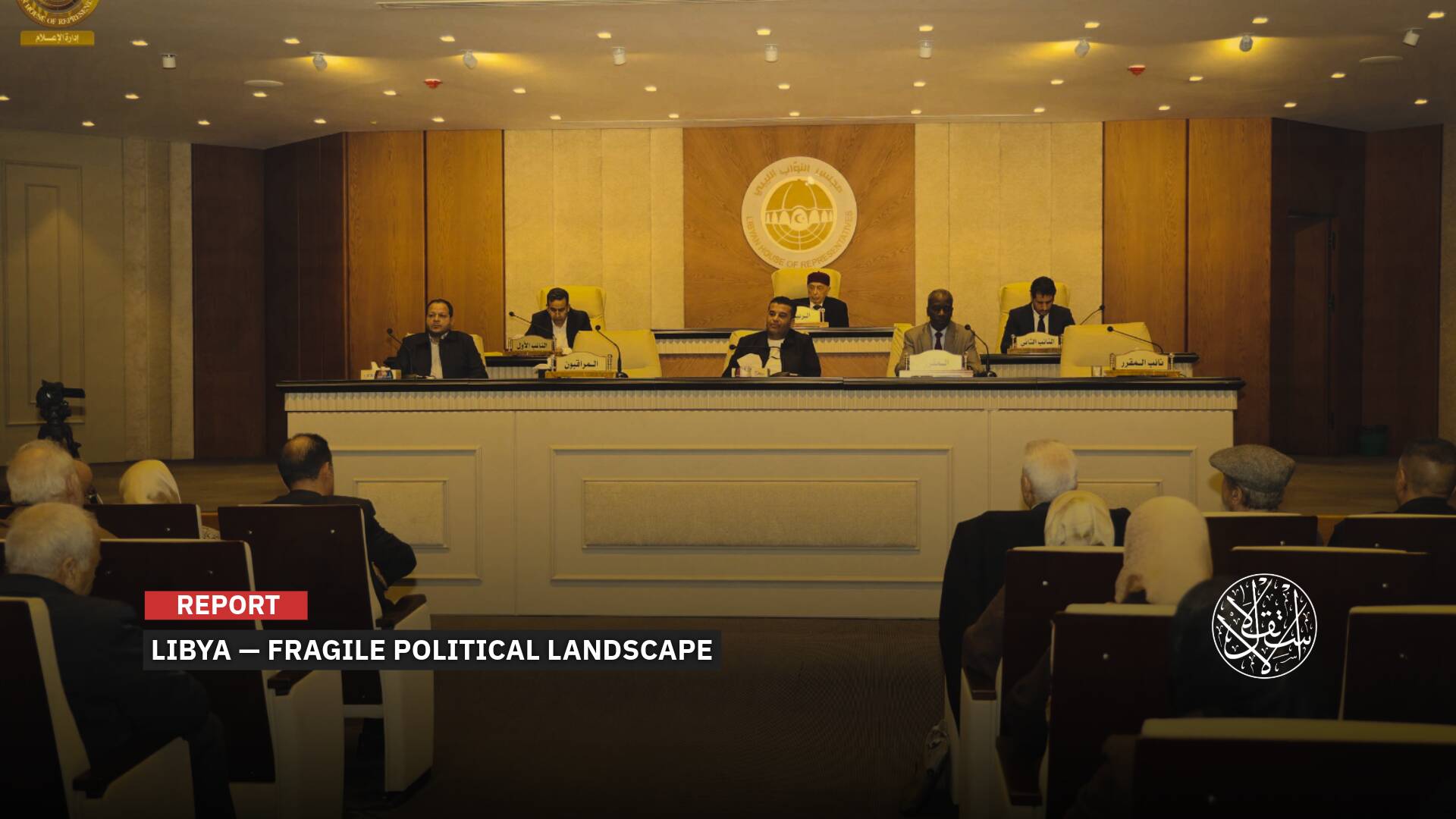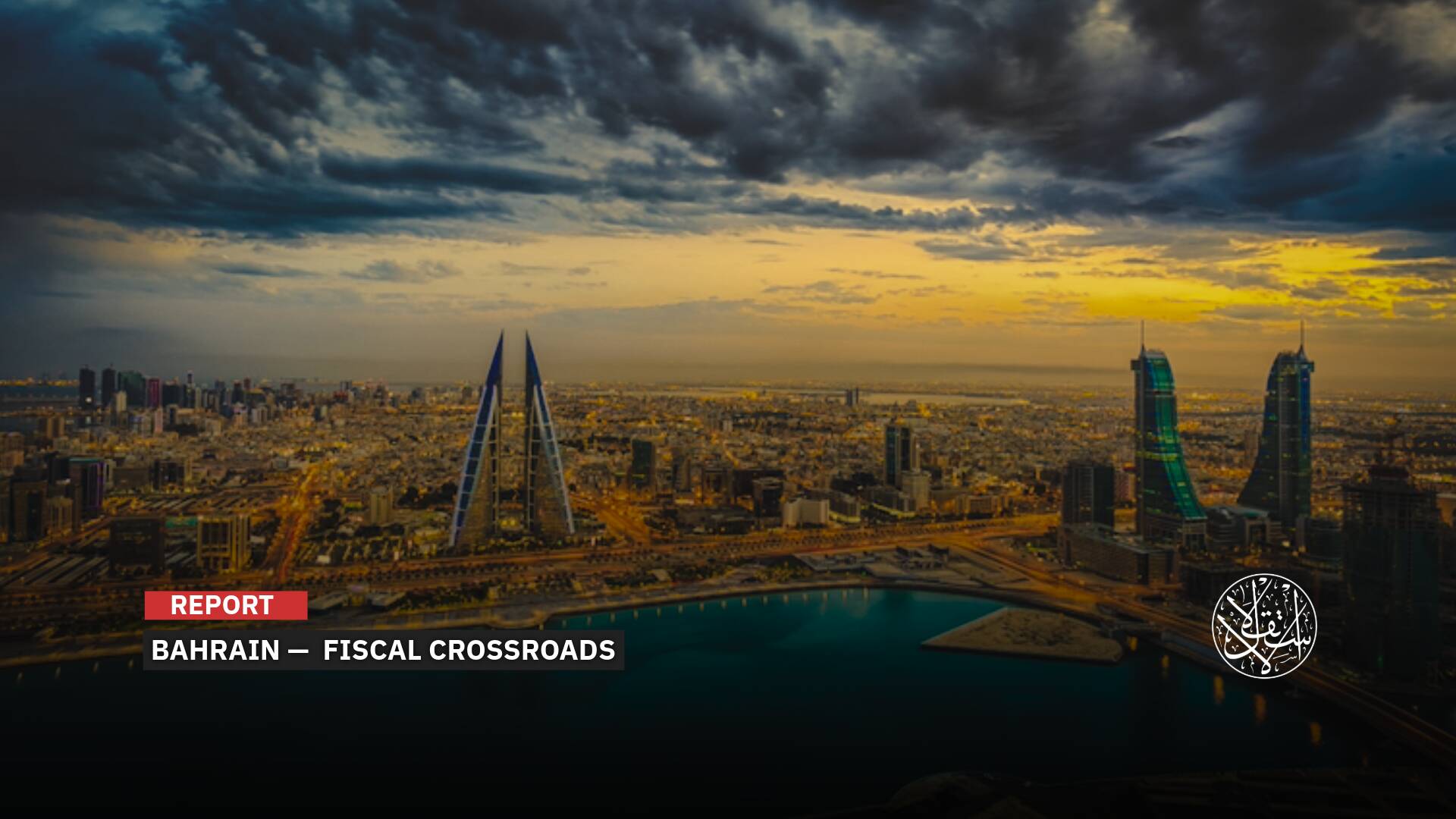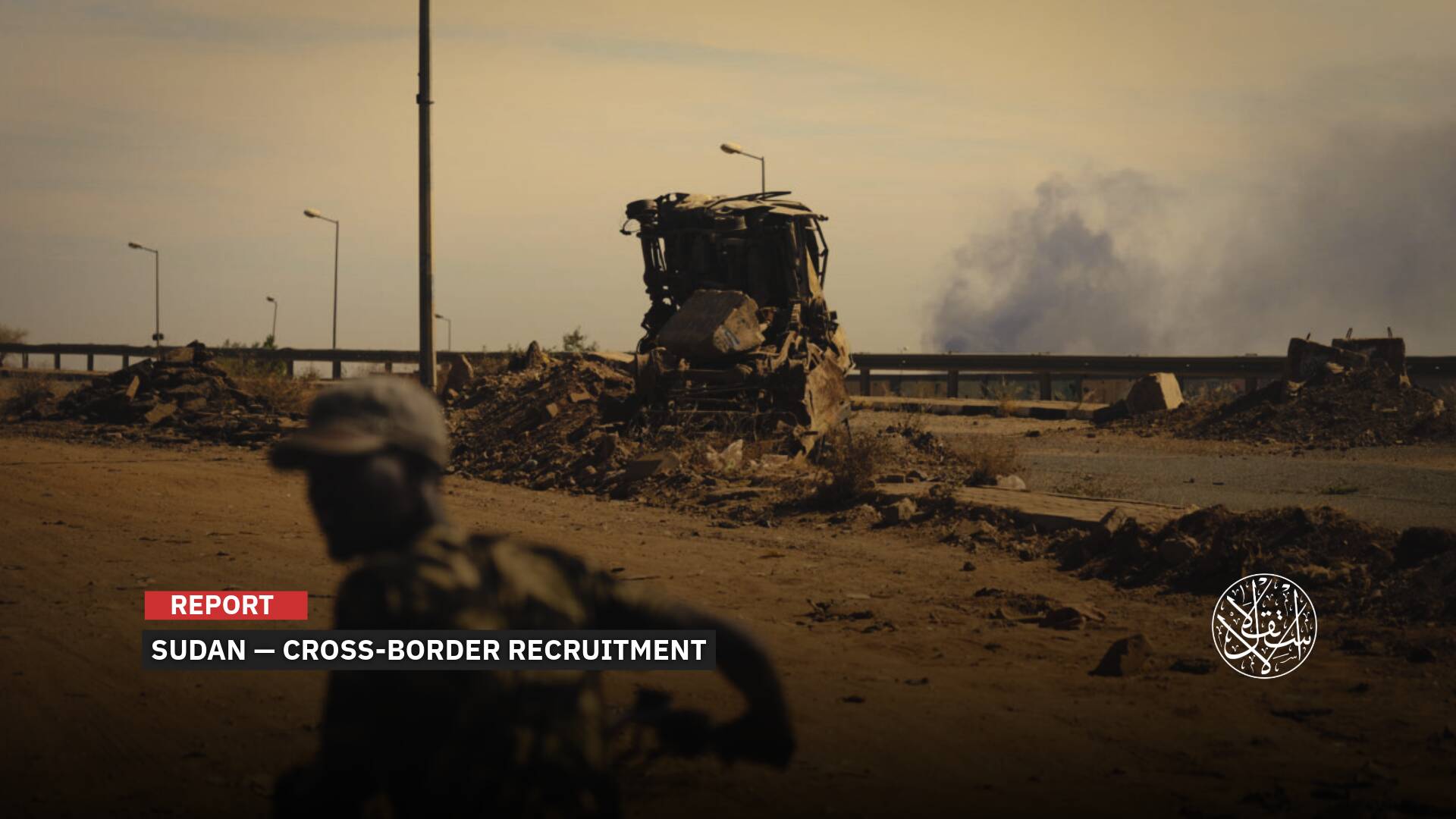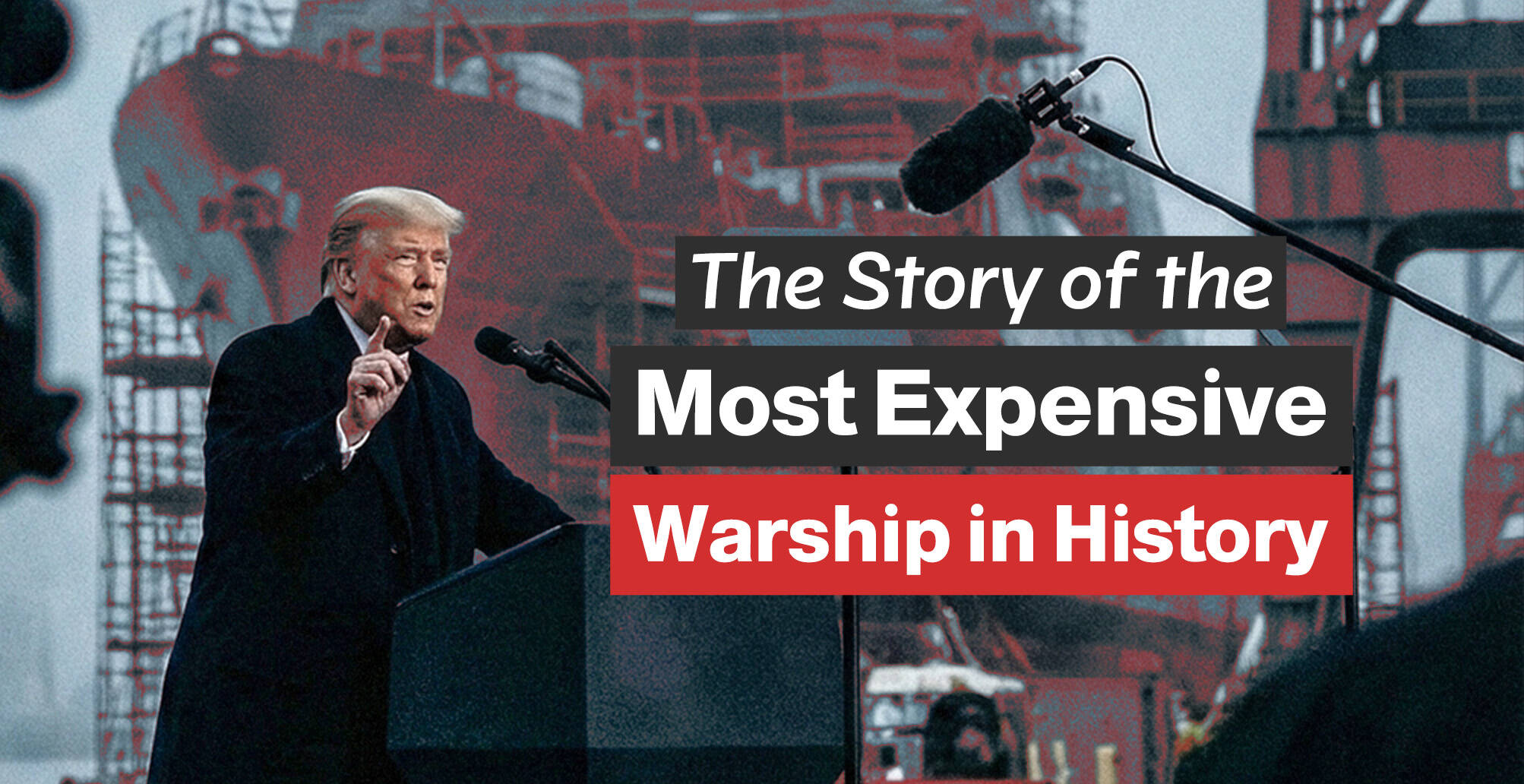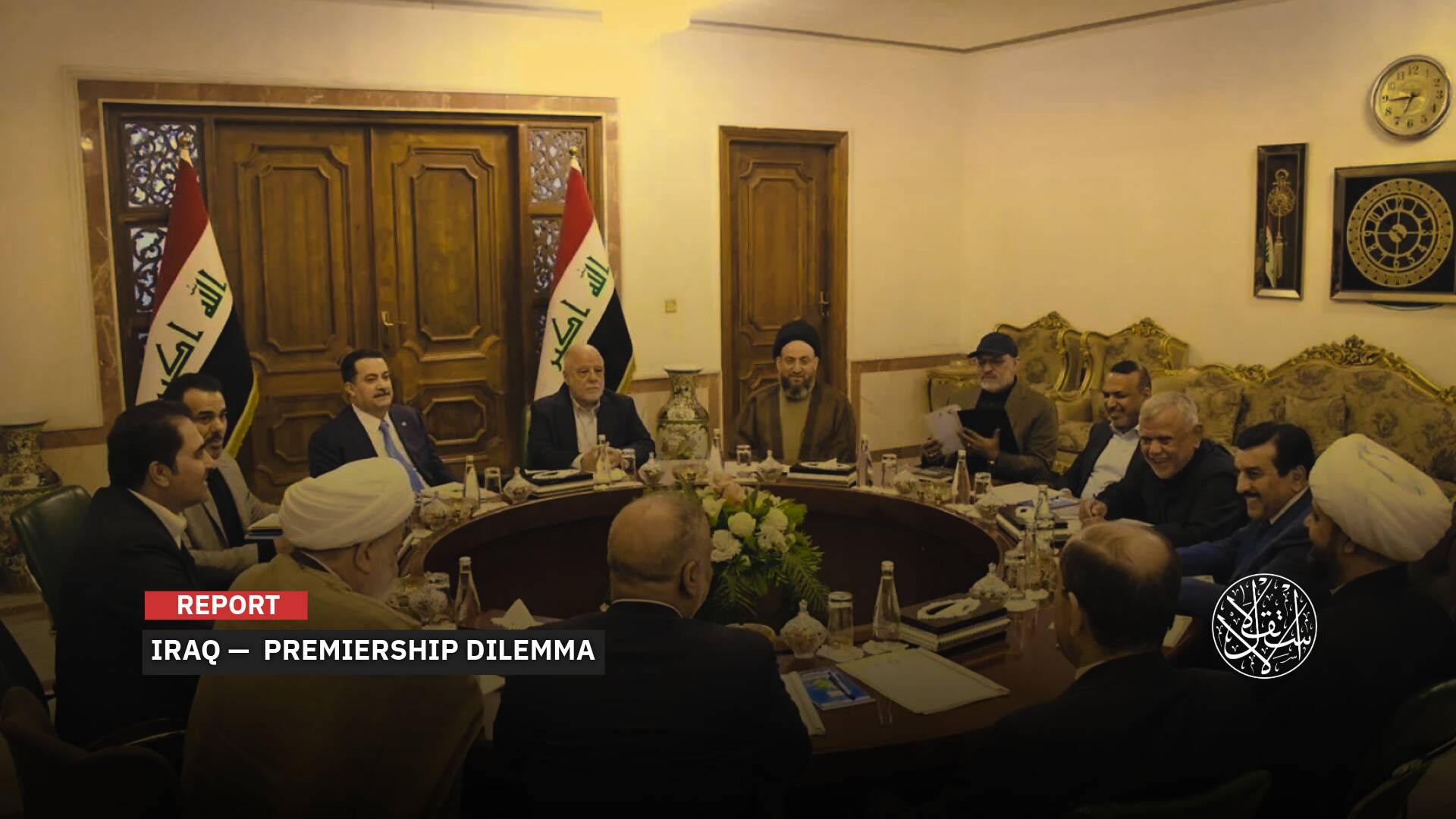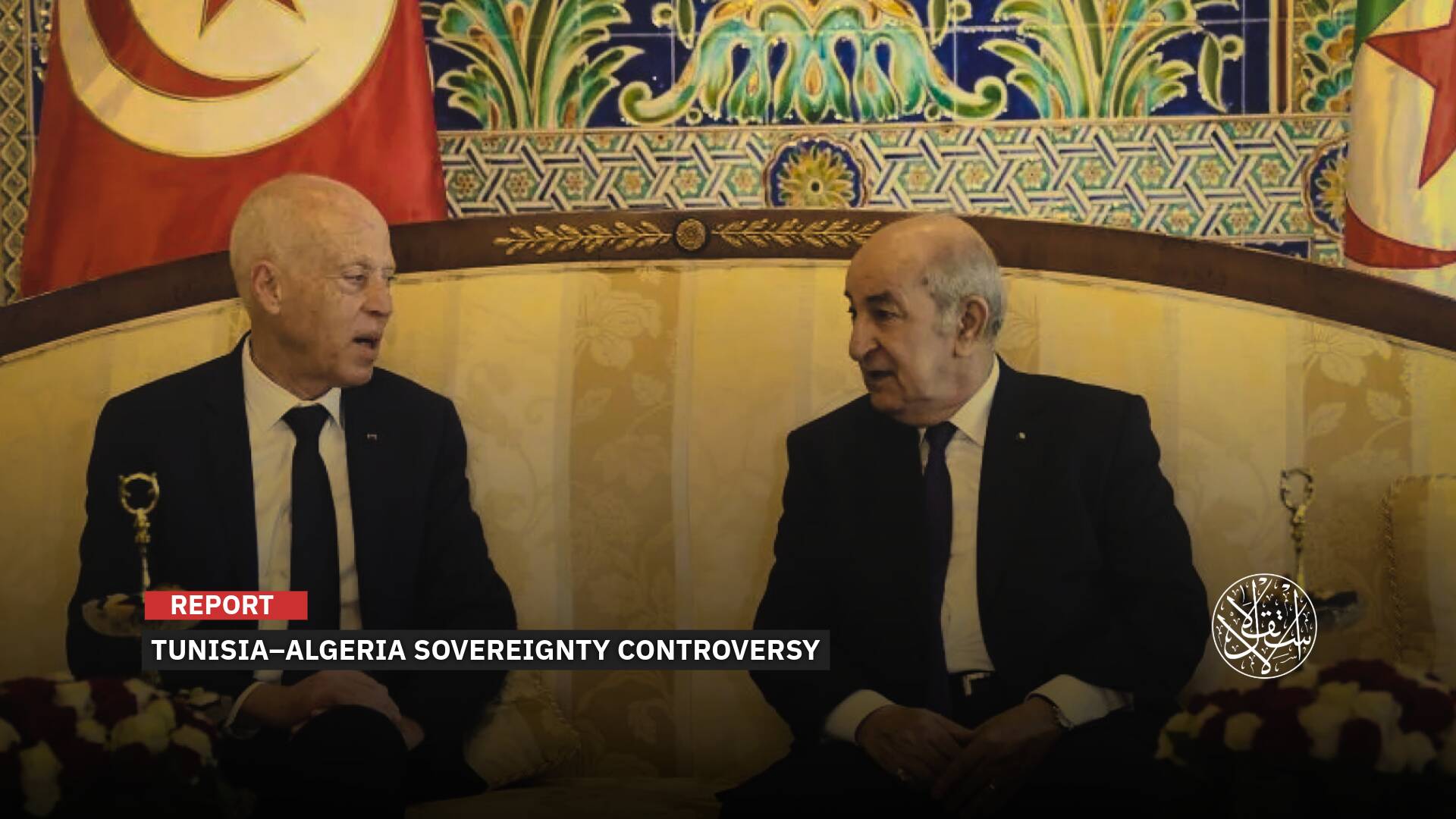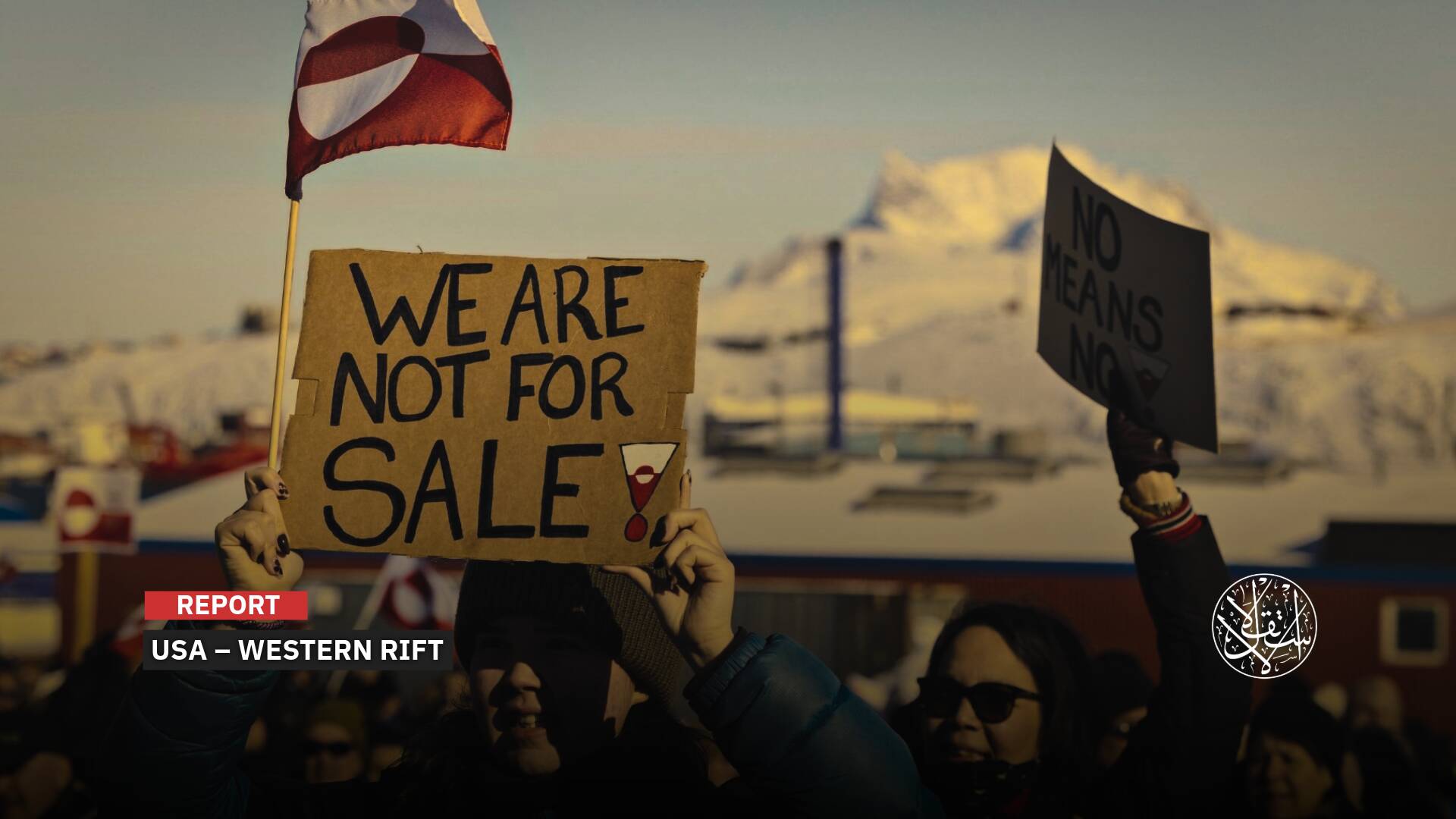In the Tenth Anniversary of Rabaa: This is What the Massacres Did to Their Perpetrators Throughout History

August 14, 2023, marked the tenth anniversary of the Rabaa al-Adawiya and al-Nahda squares massacre. This massacre took place in Egypt on the same day in 2013 and stands as one of the most heinous acts of murder in modern Egyptian history.
At that time, the military and security forces, led by the orchestrator of the military coup, Abdel Fattah el-Sisi, spilled the blood of thousands of peaceful civilians who were protesting against the overthrow of the elected legitimate president, Mohamed Morsi.
In initial statistics, the Support Legitimacy Alliance announced that the total death toll during the dispersal of the sit-in reached 2,600. However, later on, Amnesty International stated that the likely number of casualties was around a thousand.
The International Union for Muslim Scholars strongly condemned the horrifying massacre, describing it as a coup against constitutional legitimacy and democracy and the perpetration of the worst crime in Egypt's long history.
In a statement, they said that the history of Egypt and even the history of humanity will not forgive those who went to such extremes in shedding blood and violating the dignity of Egyptians.
Meanwhile, Human Rights Watch described the massacre as one of the largest instances of mass killing of peaceful protesters in a single day in modern world history.
The massacre came to an end, but Egyptians have not forgotten that day. They buried the victims of the massacre, yet the story endures as a witness to the tragedy.
The pains of the massacre witnessed in the Egyptian capital remain deeply ingrained in the hearts of its residents. As for history, its narratives are capable of instilling hope that those responsible for the Rabaa massacre can be brought to trial and pursued legally, even if it takes time.
This was similar to what happened with generals and leaders of comparable coups; they thought they had escaped consequences, but they fell into the trap and were apprehended unexpectedly. An end Sisi is still unaware of.
In the past, the late Bosnian leader, Alija Izetbegovic, said about the Srebrenica massacre against the Bosniak Muslims: "If we forget the genocide done to us, we are compelled to live it again. I shall never tell you to seek revenge, but never forget what has been done," Izetbegovic once told his people.
Jorge Videla
Jorge was the man who orchestrated the military coup in Argentina in 1976, one of the most notorious dictators of the 20th century, and a symbol of military dictatorships globally and in Latin America.
Prior to his military coup, Videla committed an infamous act where he oversaw a military campaign against the Revolutionary People's Movement in the Tucuman Province, resulting in a massacre of dozens of Argentine leftists.
Ironically, Videla described his coup as the "National Reorganization Process," claiming it aimed to save the country from the supposed collapse that would have occurred under the ousted President Isabel Peron.
At the time, the Argentine media referred to Videla's coup as the Argentine Revolution, much like the situation with Sisi in Egypt now.
Videla then dissolved the Senate, removed members of the Supreme Court, banned political parties and unions, and expelled over three hundred university professors from the country.
It's estimated that around 30,000 people were forcibly disappeared during Videla's rule.
Videla was accused of planning what is known as the "Dirty War" against his military rule's opponents in Argentina, as part of Operation Condor, a joint effort among Latin American dictatorships during the 1970s and 1980s.
In one of the tragic aspects of that war, Videla ordered the killing and disappearance of opponents after subjecting them to torture, throwing them from airplanes and helicopters into the La Plata River and the Atlantic Ocean to hide their bodies.
Due to dire economic conditions, security crackdowns, and increasing rebellion, after years of struggle and opposition, Videla was forced to relinquish power on March 29, 1981.
A historical moment occurred when Videla, along with eight other military leaders of the coup, was sentenced to life imprisonment in 1985.
On May 17, 2013, inside the Marcos Paz prison southwest of Buenos Aires, Videla passed away.
Considering himself a "political prisoner," he received no military honors at his funeral due to being stripped of his rank as a general in the army.
Some mothers of the disappeared expressed relief upon hearing the news of Videla's death.

Augusto Pinochet
The former president of Chile was also a dictator who ruled his country with an iron fist. He became one of the most infamous generals behind bloody military coups and was accused of being responsible for the death of the previously elected president, Salvador Allende.
Pinochet did what Sisi did in Egypt — he "assassinated democracy" and destroyed political life through the military coup he led on September 11, 1973. As a result, the Chilean parliament was dissolved, and he formed a ruling military council, suppressing the political activities of the coalition formed by Allende and banning the associated parties.
Then, Pinochet hunted down opposition figures across the country, leading to the death or disappearance of more than 3,000 individuals. Around 27,000 people were imprisoned, tortured, or exiled as a result. Many fled abroad, seeking political asylum.
Pinochet solidified his power by declaring himself the president of the ruling military council, granting himself the title of "Captain General."
Despite the passing years, in 1987, Amnesty International, along with other organizations, released well-documented reports strongly criticizing the human rights situation in Chile. These reports pointed to the deaths of around 30,000 people, the exile of nearly half a million, and the disappearance of many dissidents. They sparked significant international outrage against Pinochet.
As time went on, opposition alliances managed to organize widespread protest movements that forced Pinochet to make concessions. While these seemed modest at the time, they eventually led to his downfall.
The Chilean general believed he had escaped his crimes, but after a full quarter-century, he was brought to justice. He was arrested in the UK in October 1998 based on a Spanish arrest warrant. The Chilean Supreme Court prepared to try him, but efforts were made to obstruct the trial. Instead, he was placed under house arrest until his death on December 10, 2006.

Nicolae Ceausescu
Nicolae Ceausescu, the former president of Romania, ruled for 24 years (1965–1989) with an iron grip and megalomania, eventually succumbing to his own grandiosity.
He referred to himself as the “leader,” the “visionary,” and the “Danube of Thought” (referring to the Danube River), claiming to be the “sun” and “navigator” of humanity, a "genius" that knew everything.
There are numerous similarities between Sisi and Ceausescu. The Romanian dictator also had a media apparatus that hailed him as "Alexander the Great" and the "savior" of the people, and his era was dubbed the "golden era of Ceausescu."
Ceausescu owned five palaces, one of which had a thousand rooms. The cost of constructing this palace was estimated in the billions of dollars. It spanned 45,000 square meters and stood 100 meters above the ground. About 15,000 workers labored day and night to build it.
He also possessed 39 luxurious villas and lived in extreme opulence while most of his people suffered under a ruthless communist regime.
Under his rule, Romania transformed into a strict police state with oppressive security apparatuses. The regime worked to make every Romanian citizen an absolute supporter of the system, crushing any form of opposition. Any dissenter was assumed to be an ongoing and constant threat to Romania's security.
On December 16, 1989, massive protests erupted in the streets of Timisoara, western Romania, against Ceausescu's communist policies. The protests spread to Bucharest, the capital.
Like Sisi, Ceausescu resorted to emotional warnings. These protests and demonstrations forced Ceausescu to address the crowds in an emotional speech, cautioning them against chaos and doom if he were to fall and his regime collapsed. He promised them rosy future prospects to calm their rebellion and urge them to return home.
However, the protesters surrounded his presidential palace, leading to violent clashes between police forces and revolutionaries. This resulted in hundreds of deaths and injuries. The estimated death toll of the revolution reached around 1,100 people.
Faced with this, Ceausescu ordered the army to take to the streets and suppress the revolution. More of his people were killed by live ammunition.
But the army refused, announced its support for the movement, and arrested the dictator. He was symbolically tried for two hours in a public session witnessed by everyone. He and his wife Elena were sentenced to death.
The execution was carried out in front of the public on December 25, 1989.

Theoneste Bagosora
The Genocide in Rwanda stands as one of the worst instances of widespread violence in modern history.
It started on April 7, 1994, lasting for 100 days. During this time, extremist leaders of the Hutu majority in Rwanda orchestrated a campaign of genocide against the Tutsi minority.
Approximately 800,000 people were killed during this period. The Hutu radio station RTLM played a significant role in spreading hatred and fueling the genocide. They referred to the Tutsis as "cockroaches" and called for their extermination.
The mastermind behind the genocide was Colonel Theoneste Bagosora, often referred to as the "Himmler of Rwanda" or the "Colonel of the Apocalypse." Rising to power due to his extensive military background, he engineered the massacre that claimed the lives of this immense number of people.
Bagosora did not escape justice. In 2008, the International Criminal Tribunal for Rwanda (ICTR), based in Arusha, Tanzania, sentenced him to life imprisonment, a sentence later reduced to 35 years on appeal in 2011.
On September 25, 2021, Bagosora died at the age of 80 in prison.
It's worth noting that the United Nations established the International Criminal Tribunal for Rwanda, officially known as the "International Tribunal for the Prosecution of Persons Responsible for Genocide and Other Serious Violations of International Humanitarian Law Committed in the Territory of Rwanda and Rwandan Citizens Responsible for Genocide and Other Such Violations Committed in the Territory of Neighboring States based in Arusha, Tanzania."
In 1998, the tribunal sentenced the Minister of Justice, the former governor of Kigali, and the former speaker of the parliament, all of whom were involved in the genocide, to harsh punishments, including life imprisonment.
Up until 2011, the tribunal had completed the trials of 80 out of the 92 senior government officials implicated in the massacre. These trials also led to the conviction of three inciting media figures involved in promoting killings.

Unforgiving History
In regard to these matters, Egyptian researcher Tarek Mohamed states to Al-Estiklal that "Sisi and those around him are well aware that they are in danger and that their trial is possible and impending, even if we find it difficult to believe." He adds, "The evidence lies in his fortification of himself through security, military, and judicial means, crafting constitutional provisions to protect him. He has involved anyone who can be involved to shield himself from the circle of blood, fearing its consequences even if time stretches on.
"All those who committed massacres, killings, and oppression never thought that they would be brought to trial and pay the price for their actions, as happened in Turkiye with General Cemal Gursel and Kenan Evren, the leader of the 1980 coup, which claimed the lives of thousands of Turks. He was then put on trial, had no military funeral, and his name became a stain in the history of the republic."
Incidentally, in Egypt, similar events occurred, albeit not at the level of heads of state, according to Tarek.
The tormentors of the 1950s and 1960s, like Shams Badran, Salah Nasr, Hamza al-Bassiouny, and others, were imprisoned; some died under mysterious circumstances, others were expelled from the country and lived as outcasts. "During their time in power, they imagined that they owned Egypt and everything within it."
He concludes by saying, "History is unforgiving, and Sisi is not exempt from paying the price for his massacres against the Egyptian people. Justice naturally takes a long time, but it will be realized in the end. We just need to believe in it, as we have seen in the stories of other nations and peoples close to our story."
Sources
- Tales of the World Cup The story of the 1978 World Cup in Argentina, the worst in history [Arabic]
- The peoples of the World Cup - when cries of joy and pain mixed together during the reign of Argentina's Juanta [Arabic]
- The Chilean Experience from Pinochet to Democracy [Arabic]
- rwanda-mort-de-theoneste-bagosora-le-penseur-du-genocide- [French]
- The International Criminal Tribunal for Rwanda issues harsh sentences for former Rwandan officials [Arabic]


